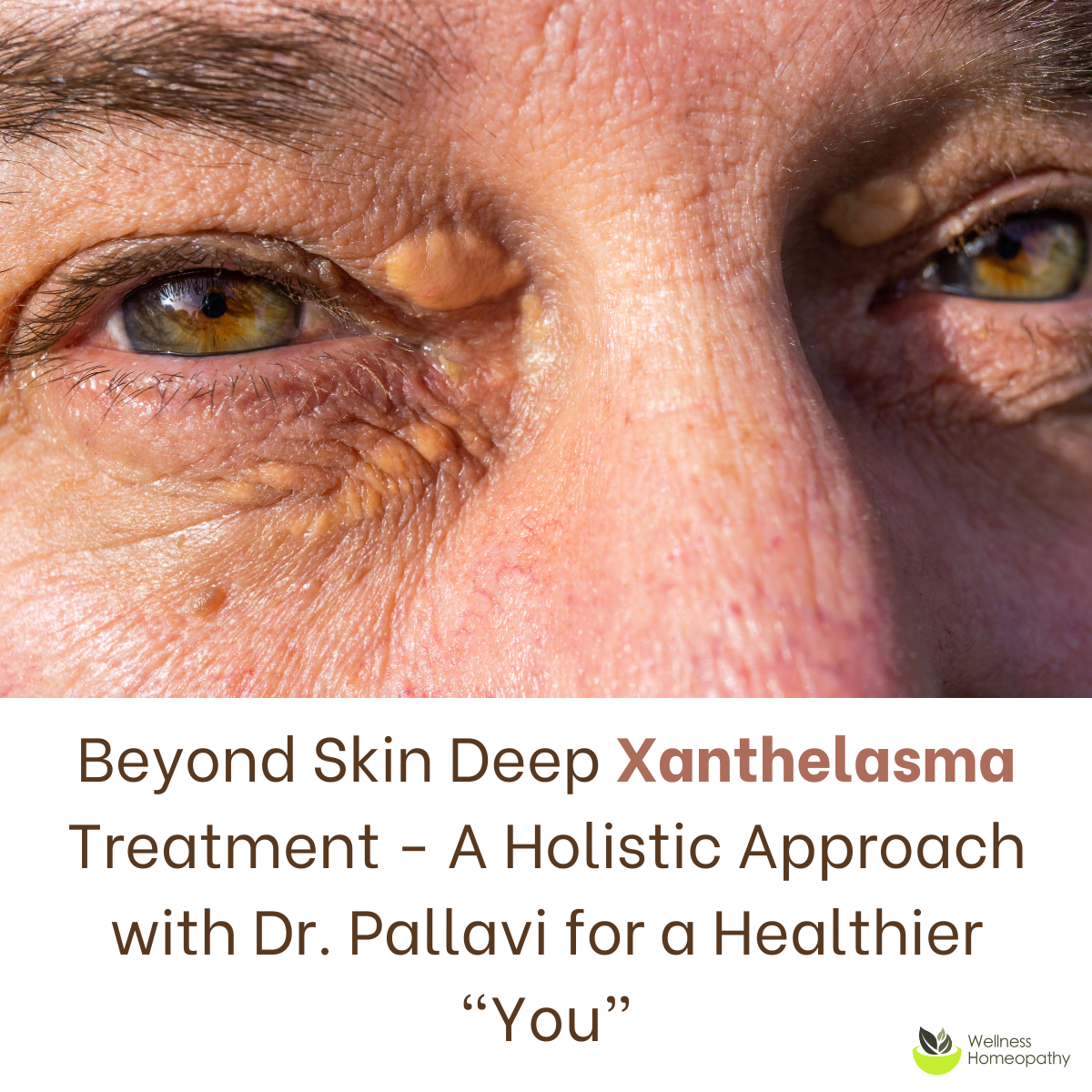Xanthelasma, those yellowish eyelid deposits, aren’t just skin-deep. They often signify imbalances in lipid metabolism, particularly elevated cholesterol levels.
While not directly linked to liver problems, maintaining liver health is crucial for optimal lipid regulation.
Therefore, addressing xanthelasma requires more than just cosmetic removal—it calls for a holistic approach that addresses the root cause.
These patches may appear harmless, but they can serve as early warning signs of underlying health issues.
Xanthelasma is commonly associated with elevated levels of low-density lipoprotein (LDL) cholesterol, often referred to as “bad” cholesterol. When LDL cholesterol levels are high, it can lead to the accumulation of cholesterol deposits under the skin, manifesting as xanthelasma.
Moreover, xanthelasma may also indicate broader lipid metabolism imbalances, which can increase the risk of cardiovascular diseases such as heart attacks and strokes.
While the presence of xanthelasma doesn’t necessarily mean you’ll develop these conditions, it underscores the importance of addressing lipid metabolism issues promptly.
Interestingly, xanthelasma isn’t directly caused by liver problems, but liver health plays a significant role in lipid regulation. The liver is responsible for synthesizing cholesterol and triglycerides, as well as processing and eliminating excess cholesterol from the body.
Therefore, maintaining liver health through proper nutrition, lifestyle habits, and targeted interventions can indirectly impact lipid metabolism and help prevent xanthelasma formation.
When dealing with xanthelasma, it’s important to think beyond just making it look better and focus on natural & holistic ways to heal it.
While there are treatments like laser therapy and surgery to remove it, they can sometimes cause problems. These can include pain, scars, infections, changes in skin color, and even issues with the eyelids like drooping. Plus, even if you treat it, xanthelasma can come back.
So, it’s essential to weigh the pros and cons of these treatments and consider more natural options when possible.
Therefore, treating xanthelasma requires more than just superficial solutions. Instead, it calls for a comprehensive approach that addresses underlying lipid metabolism imbalances, supports liver health, and promotes overall well-being.
By adopting holistic strategies, such as incorporating homeopathic remedies, nutrient-focused foods, regular exercise, stress management techniques, and targeted supplementation, we can not only improve the appearance of xanthelasma but also safeguard our long-term health and vitality.
Now that we’ve delved into the complexities of xanthelasma, it’s clear that cosmetic removal is merely a surface-level solution. Real healing goes much deeper, addressing the underlying causes of the issue for long-lasting results. That’s why Dr. Pallavi, with over 15 years of experience, has meticulously crafted a revolutionary program designed to target the root causes of xanthelasma.
Introducing Dr. Pallavi’s signature 7-step wellness program, a comprehensive approach that harnesses the power of homeopathy, naturopathy, lifestyle modifications, nutrition, and personalized supplement advice. With Dr. Pallavi’s expertise and guidance, you’ll embark on a transformative journey towards true healing from within.
Say goodbye to temporary fixes and hello to sustainable wellness. Take the proactive step towards radiant health by scheduling your personalized consultation with Dr. Pallavi today. It’s time to unlock your body’s innate ability to heal and thrive.
For more information or to book your consultation, reach out to Dr. Pallavi at 0221899164 or email contact@wellnesshomeopathy.co.nz. Your holistic wellness journey awaits—let’s make it extraordinary.
#xanthelasma #holistichealing #naturalhealing #healthylifestyle #wellness #skincare #healthyhabits #selfcare #healingjourney #healthyliving #linkedin #blogpost

